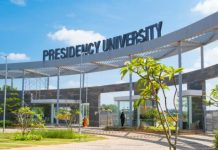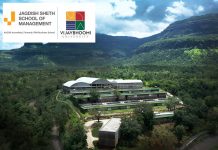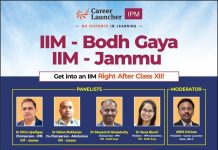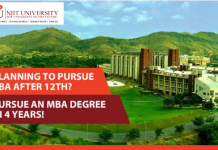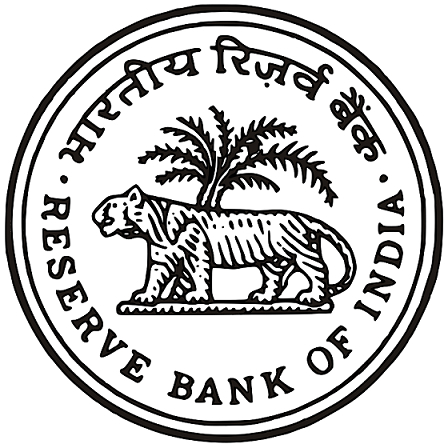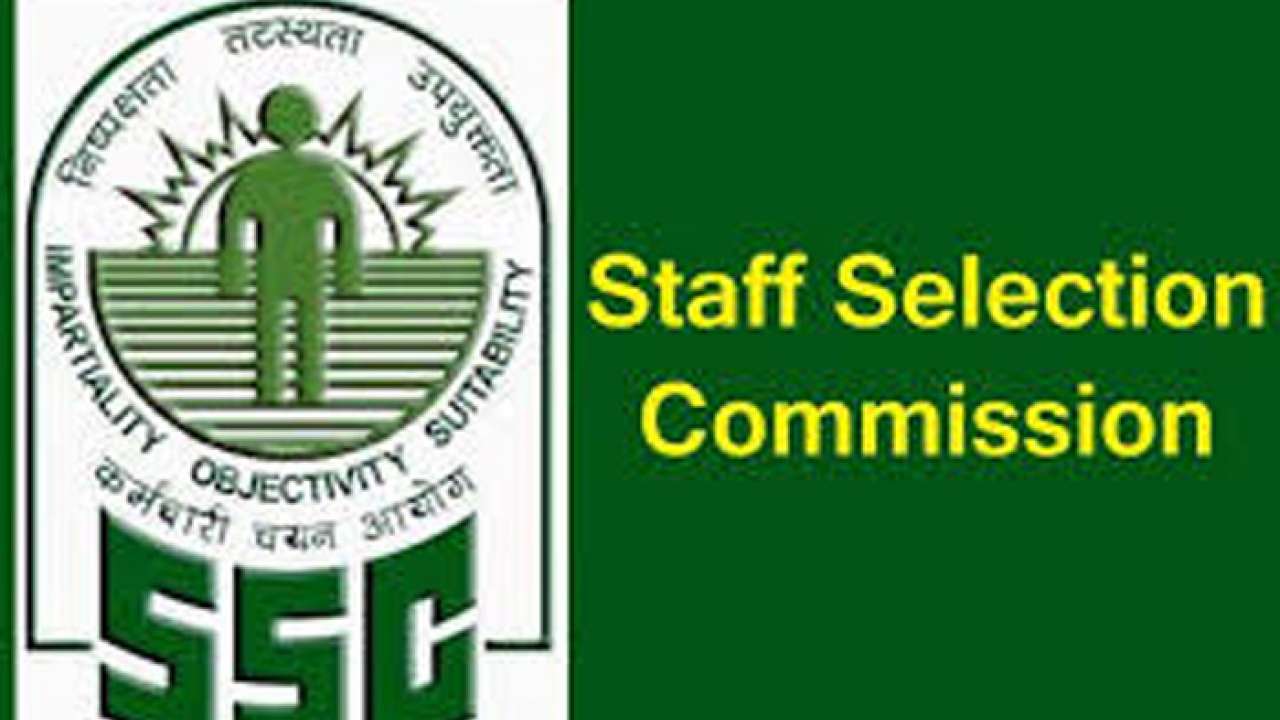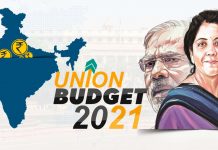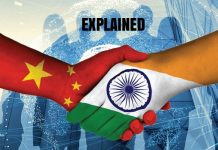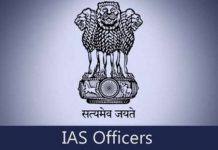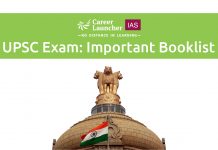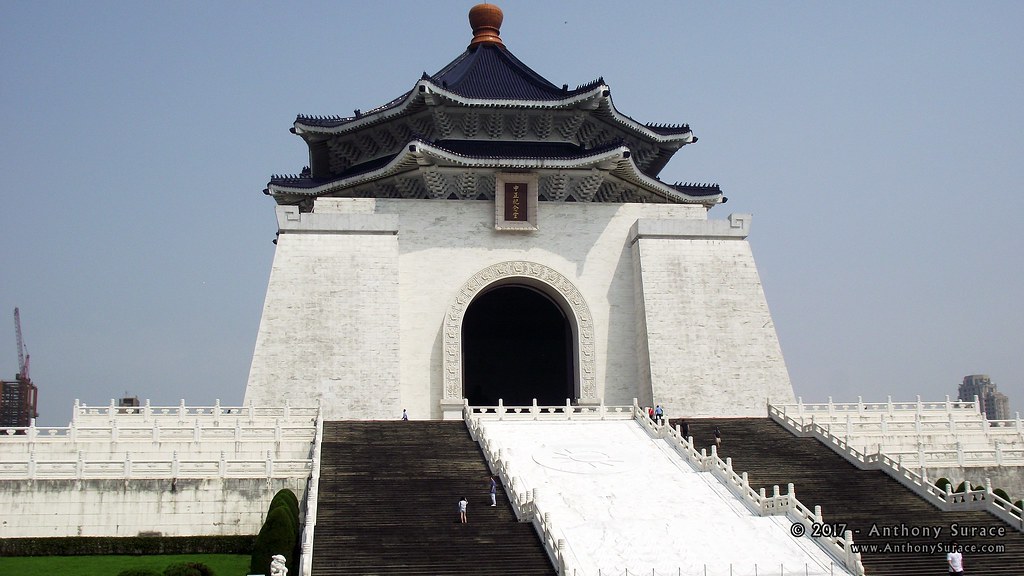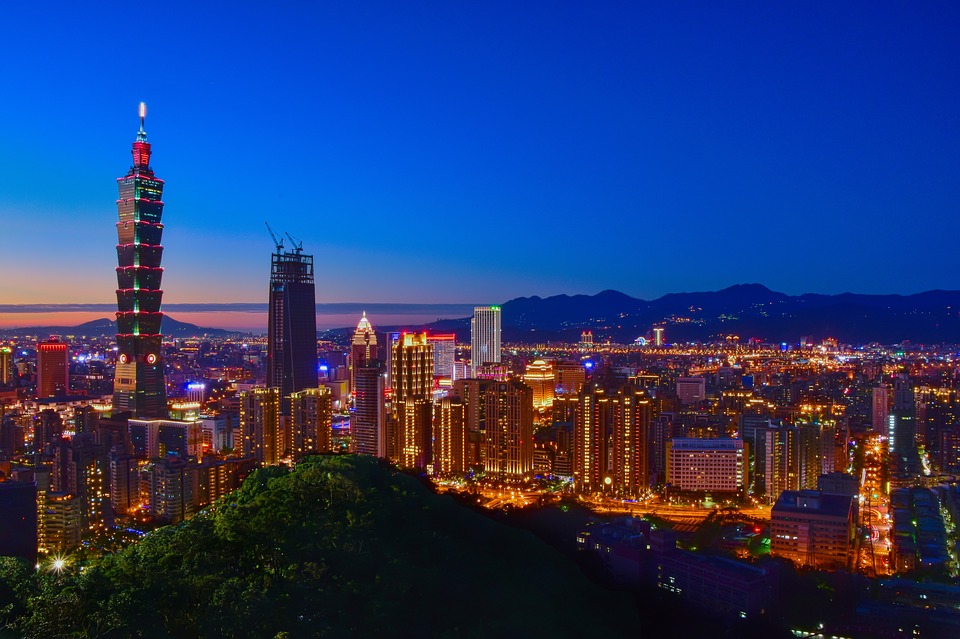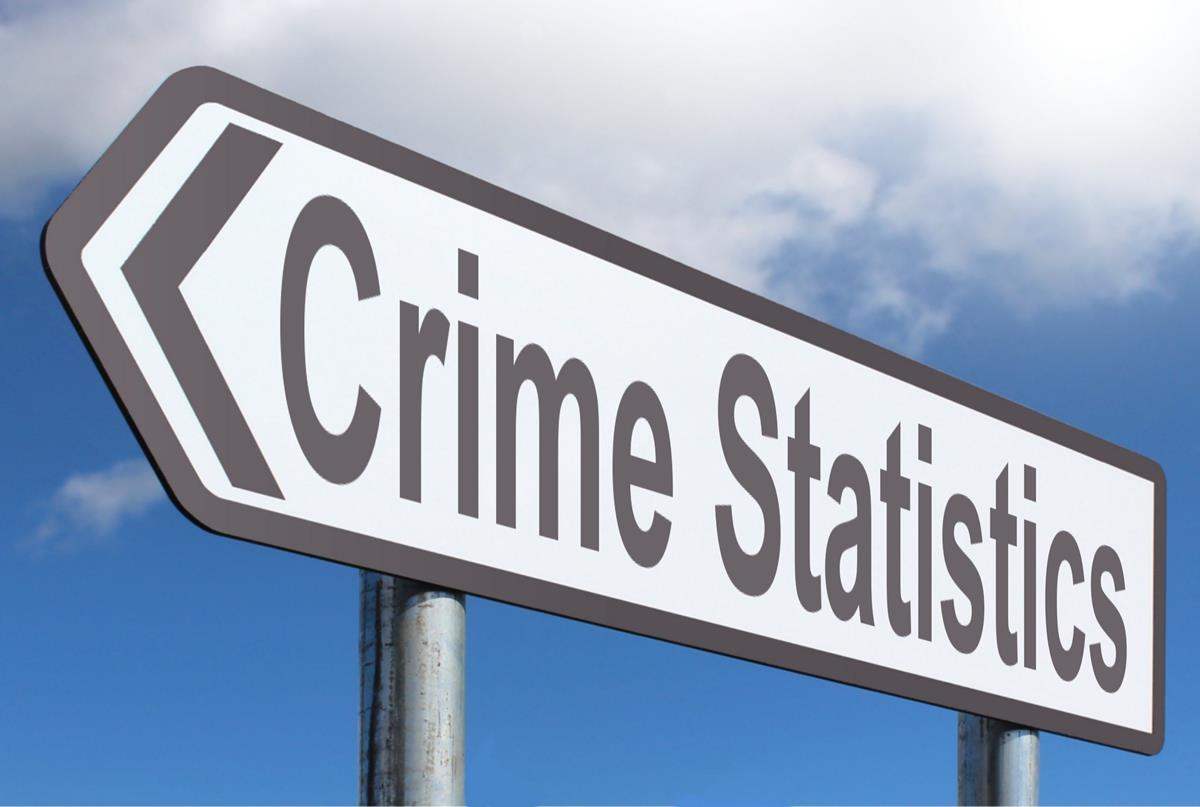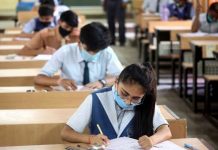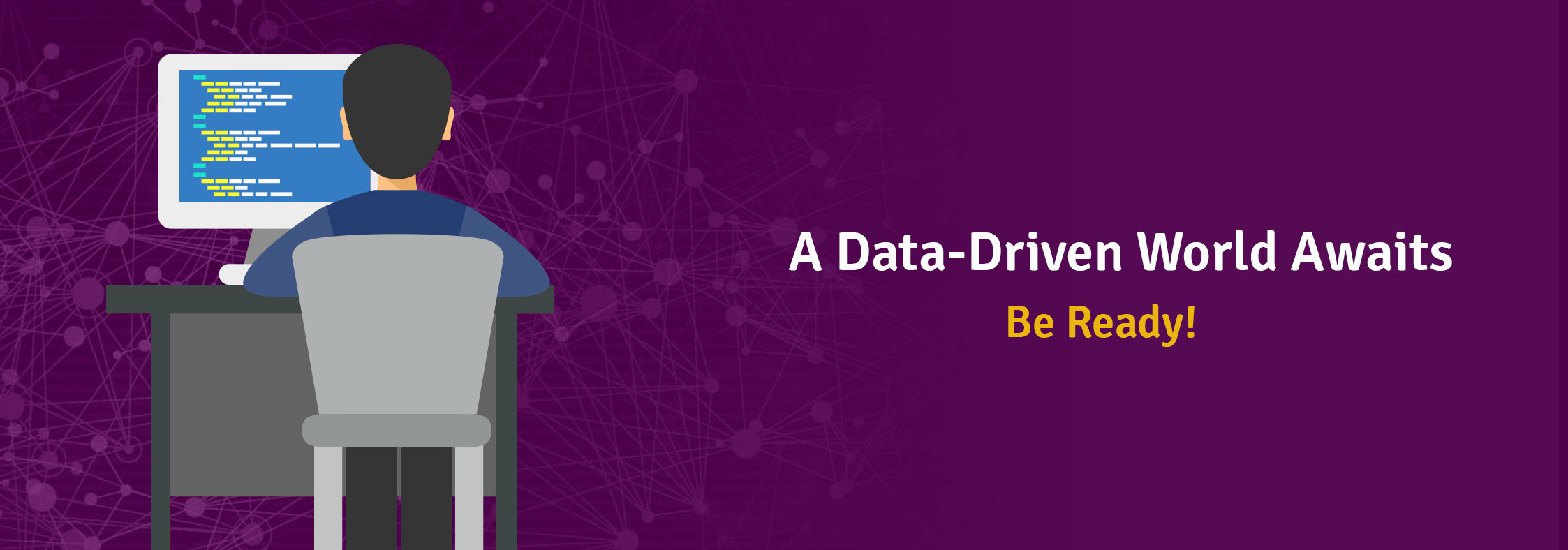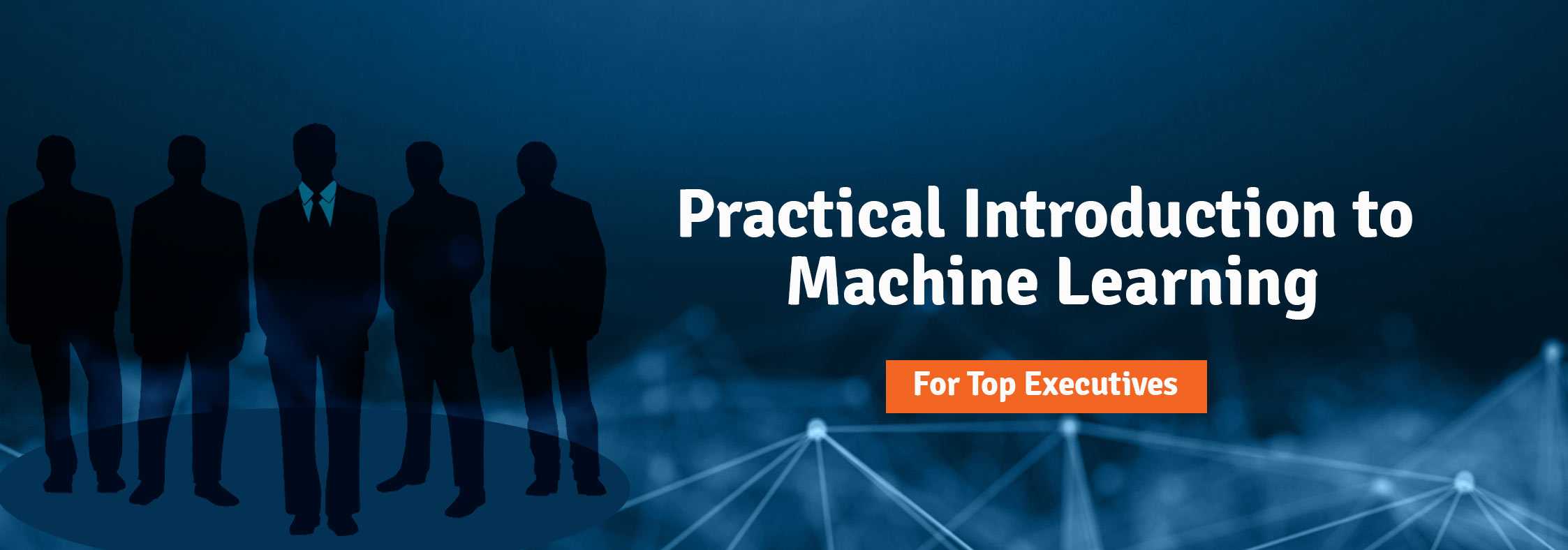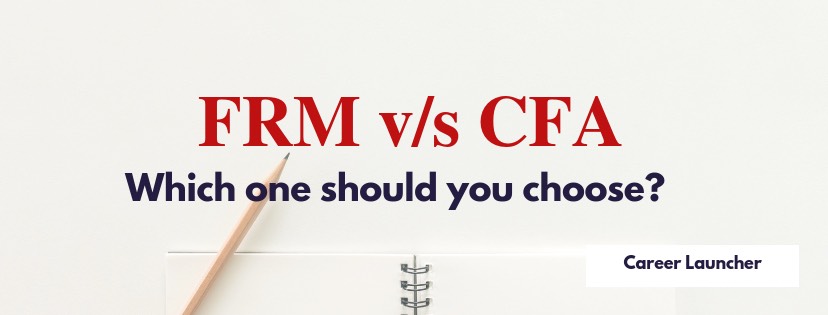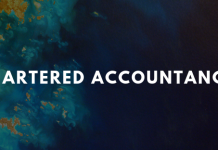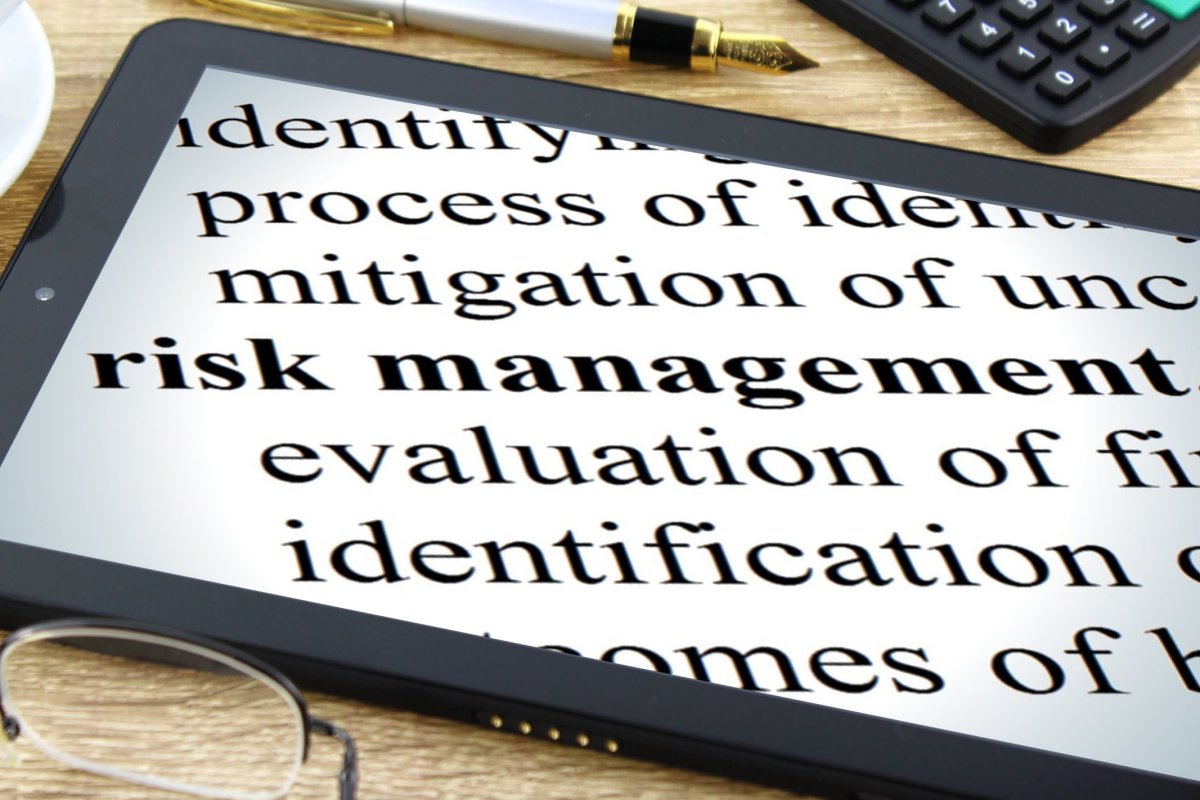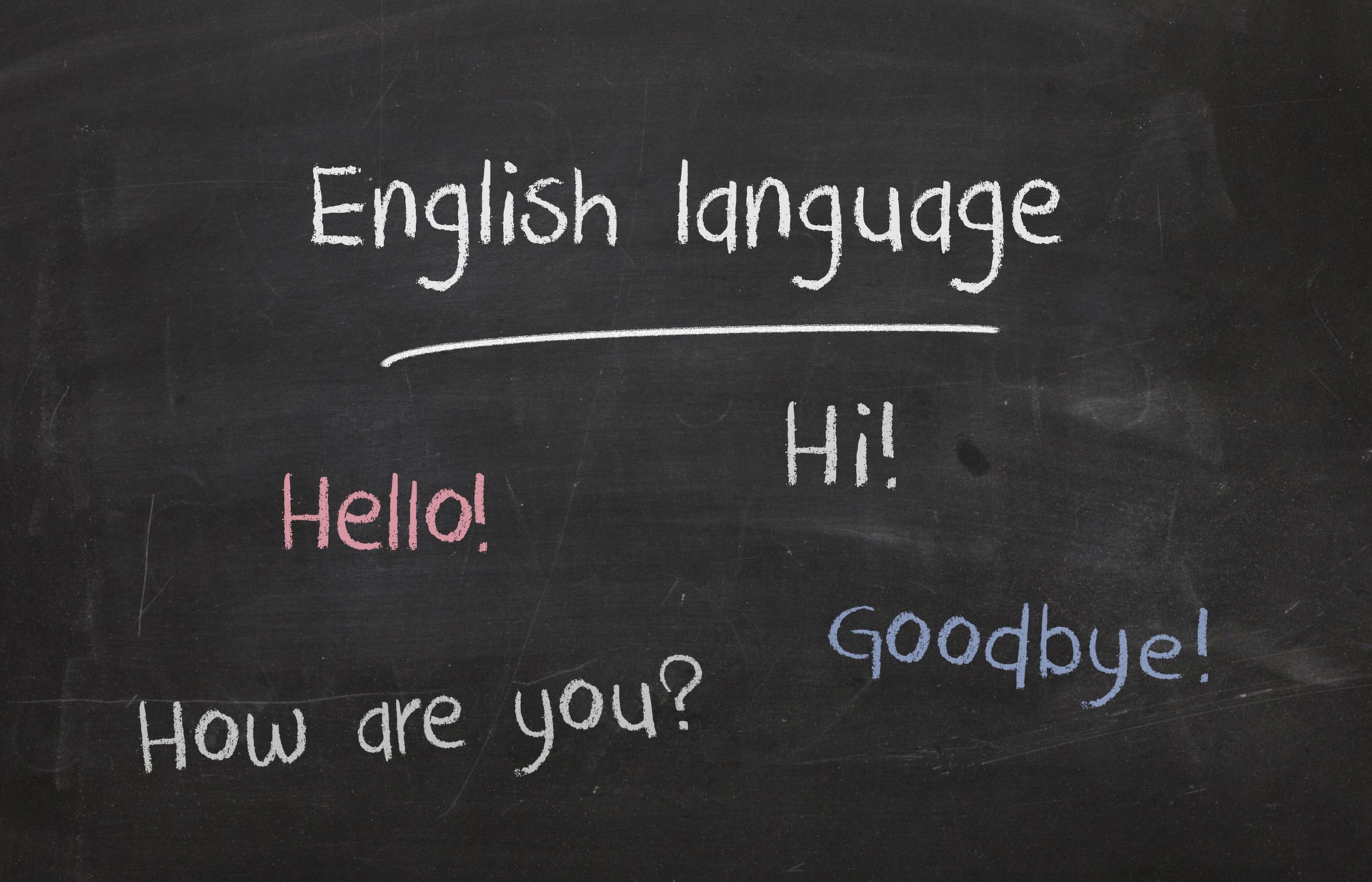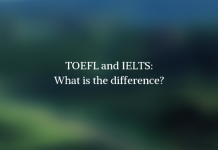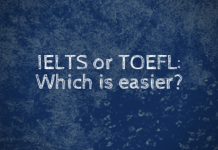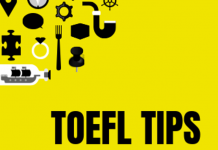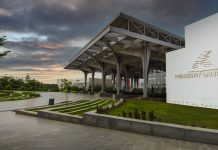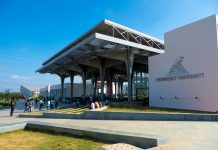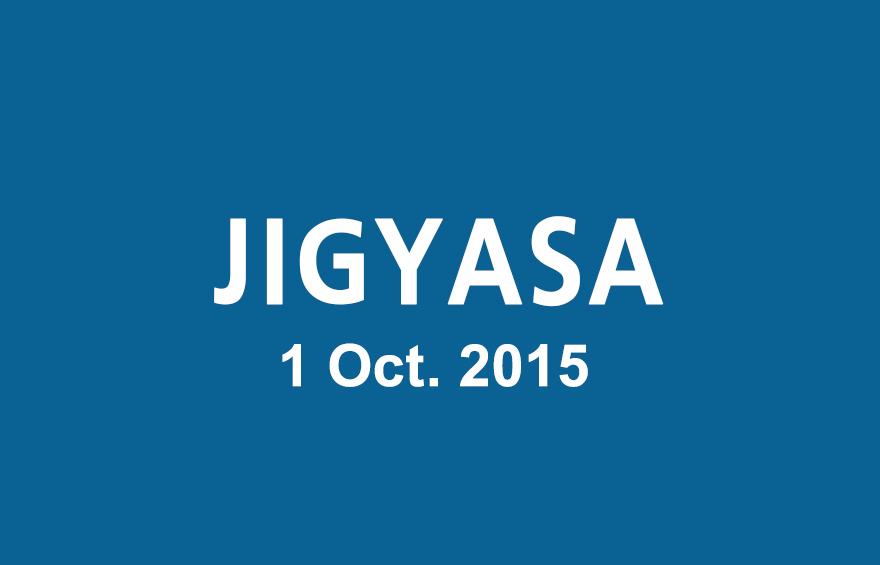Your Score:
Your Ranking:
Daily PT Capsule Mar 22
Historic Visit to Cuba by US President
US President Barack Obama is on  visit to Cuba, the first official visit of a US president since Calvin Coolidge in 1928.  In many ways, it represents the culmination of Obama’s approach to the island: a concerted effort to break down the decades-old US embargo and move toward normal relations.
The US embargo on Cuba has still not ended, it can only be done by US Congress. But what Mr.Obama has done is relaxation of  specific trade barriers and changed the American diplomatic approach that underpinned that embargo: treating Cuba as a pariah state, much like North Korea or Iran.
The new strategy is to work with Cuba rather than against it: to attempt to improve life in the country through negotiations and commercial ties rather than attempting to topple the communist government through isolation and economic pressure.
Mr. Castro, US President praised Mr. Obama’s recent steps to relax controls on Cuba as “positive,†but deemed them insufficient. He called anew for the U.S. to return its naval base at Guantanamo Bay to Cuba and to lift the U.S. trade embargo.
Analysis
How has the US-Cuba relationship been? – Cuba and the United States restored diplomatic relations on 20 July 2015, which had been severed in 1961 during the Cold War. The United States, however, continues to maintain its commercial, economic, and financial embargo, which makes it illegal for U.S. corporations to do business with Cuba. Although the U.S. President, Barack Obama, has called for the ending of the embargo, U.S. law requires congressional approval to end the embargo.
Following the Cuban Revolution of 1959, bilateral relations deteriorated substantially. In 1961, the U.S. severed diplomatic ties with Cuba and began pursuing covert operations to topple the Communist regime.Moreover, the U.S. imposed and subsequently tightened a comprehensive set of restrictions and bans vis-Ã -vis the Cuban regime as retaliation for the nationalization of U.S. corporations’ property by Cuba. Meanwhile, several organizations, including a nearly unanimous UN General Assembly, have called for “an end to the United States’ decades-long economic, commercial and financial embargo against Cuba.
Source: The Hindu, Vox
Stay on ban on drugs
Delhi high court has stayed its order that lifted ban on fixed dose combination (FDC) medicines of some pharmaceutical companies. In an affidavit, the government said that lifting the ban would be “against public interest and patient safetyâ€. It claimed that the pharma companies were interested only in profit.
On March 10, 2016, the Central Drugs Standard Control Organisation(CDSCO) issued a notification prohibiting the manufacture, sale and distribution of 344 Fixed Dose Combinations of drugs, popularly known as FDCs.
There have long been safety and efficacy concerns over FDCs in general and action against them had long been awaited. But the Delhi High Court granted an interim stay on the ban until March 21 to Pfizer, a similar injunction against the ban on Phensedyl (another cough syrup) and Vicks Action 500. The interim stay has been granted on the grounds that the drug has been marketed for 25 years and that the notification banning it does not disclose any “grave urgencyâ€. The court’s order also records the alleged objection of the manufacturers that they had been denied a hearing before the ban was imposed.
Analysis
What are Fixed Dose Combinations? – It is a drug includes two or more active pharmaceutical ingredients (APIs) combined in a single dosage form, which is manufactured and distributed in fixed doses.
Initially, fixed-dose combination drug products were developed to target a single disease (such as with antiretroviral FDCs used against AIDS). However, FDCs may also target multiple diseases/conditions. In cases of FDCs targeting multiple conditions, such conditions might often be related — in order to increase the number of prospective patients who might be likely to utilize a given FDC product. This is because each FDC product is mass-produced, and thus typically requires having a critical mass of potentially applicable patients in order to justify its manufacture, distribution, stocking, etc.
Why have they been banned? – There have been safety and efficacy concerns regarding fixed dose combinations. Apart from it many FDCs were also allowed to enter the market illegally. State Drug Authorities issued manufacturing licences for such FDCs without obtaining Central approval from CDSCO. This contravenes Rules 122B (3) and 122D, read with Rule 122E of the Drugs and Cosmetics Rules, 1945.
These provisions explicitly include FDCs within the definition of a “new drugâ€. When applying for approval to a State licensing authority to manufacture a new drug, the applicant must also provide evidence that the Central licensing authority, CDSCO, has approved the drug.
What is the way forward? – There has been lack of clarity and communication between central and state authorities. There is a need to consider  a new law on pharmaceutical regulation in India.
Source: The Indian Express,The Hindu, Wikipedia
New medicine for drug resistant TB launched
Ahead of World Tuberculosis Day, Health Minister J.P. Nadda launched Bedaquiline — new drug for Drug Resistant TB — as part of the national programme. The drug will be introduced in 104 districts across five States.
The new class of drug is a diarylquinoline that specifically targets Mycobacterial ATP synthase, an enzyme essential for the supply of energy to Mycobacterium tuberculosis and most other mycobacteria.
Bedaquiline is being introduced at six tertiary care centres across India. These sites have advanced facilities for laboratory testing and intensive care for patients. Bedaquiline will be given to multi-drug resistant TB patients with resistance to either all fluoroquinolone and/or all second line injectables and extensive drug resistant TB.
The national programme will also benefit from the introduction of over 500 Cartridge-Based Nucleic Acid Amplification Test (CBNAAT) machines — a revolutionary rapid molecular test which detects Mycobacterium tuberculosis and rifampicin drug resistance, simultaneously. This test is fully automated and provides results within two hours. It is a highly sensitive diagnostic tool and can be used in remote and rural areas without sophisticated infrastructure or specialized training.
Analysis
What is drug resistant TB? – Multi-drug-resistant tuberculosis (MDR-TB) is defined as a form of TB infection caused by bacteria that are resistant to treatment with at least two of the most powerful first-line anti-TB drugs,isoniazid (INH) and rifampicin (RMP).
Five percent (5%) of all TB cases across the globe in 2013 were estimated to be MDR-TB cases, including 3.5% of newly diagnosed TB cases, and 20.5% of previously treated TB cases.
Treatment of MDR-TB requires treatment with second-line drugs, usually four or more anti-TB drugs for a minimum of 6 months, and possibly extending for 18–24 months.
Source: TheHindu, Wikipedia
Tax panel recommendation on digital services
A high-level government committee has recommended a 6-8 per cent tax on several online services such as online advertising, cloud computing, website-hosting, digital platforms for sale of goods and services or download of software and applications, provided by a company not resident in India. Committee on Taxation of E-Commerce, set up by the Central Board of Direct Taxes (CBDT), recommended that payments of over Rs.1 lakh made by a resident individual or company to a non-resident enterprise will be covered by this levy.
The report was submitted to Finance Minister Arun Jaitley prior to the Budget, based on which he proposed a fee of 6 per cent to be levied only on online advertising and restricted to B2B transactions.Though the Budget proposal is to apply this levy currently only on online advertisements, more categories of digital goods and services may be added later.
The Committee’s recommendation is to impose this levy on sale of digital goods and services, including website hosting, cloud computing etc.
Analysis
Why to impose a levy on digital goods? – The equalisation levy follows the Base Erosion and Profit Shifting (BEPS) report, endorsed by the G20 and OECD, which sought to put forth a global standard for taxing e-commerce. The issue with e-commerce is that the services are often provided by companies that have no office space in the country where the service is rendered and so are not subject to tax, providing them an advantage over domestic players. The other issue, that experts feel needs to be addressed, is based on whom the onus of payment of the levy will fall.
The committee has taken cognisance that putting the onus of payment of the levy on the payment gateways and authorised foreign exchange dealers can reduce the obligation on the service purchaser.
This levy is India’s attempt to tax the digital economy in a non-adversarial manner and at the same time demonstrate its commitment to the global BEPS project and of course to raise more revenues for the country.
Source: TheHindu
Take the Quiz below to know your preparation Level!Â
Your Score:
Your Ranking:
Daily PT Capsule Mar 21
Government Cuts Small Saving Scheme Rates
The Narendra Modi government has cut the interest rates on offer on the public provident fund(PPF) and other small savings schemes run by the post office.
The new interest rates will come into play from April 1, 2016 and will be in effect until June 30, 2016. The interest rate on PPF has been cut from 8.7% to 8.1%. The interest on the Senior Citizens Savings Scheme has been cut from 9.3% to 8.6%.
Analysis
Why did the government cut rates? – The government has been trying to boost the economy. After successive rate cuts by Reserve Bank of India the banks have failed to cut their lending rates and transfer the benefits to the borrower. A major reason for it is because of the high deposit rates. The banks are concerned that if they reduce the deposit rates on their accounts then the customer will shift to small savings offering better return.
The finance minister said that , “Interest rates had risen a lot, so the cost of borrowing for the government and others was high, but now they have come down. The way the economy is moving, we cannot have a situation where lending rates are going down but deposit rates remain high,†he said on Sunday. “Both rates are linked. To make the economy more efficient rather than sluggish, the country has to move towards lower interest rates in both,†he added.
Nominal vs Real Interest Rate – consider the Senior Citizens Savings Scheme. The interest rate on offer on the scheme was 9.3%. The rate of inflation that prevailed between 2008 and 2013 was 10% or more. Hence, the real rate of return on the scheme was negative. This was the case with other small savings schemes as well as bank fixed deposits.
In fact, the real rate of return was well into the negative territory. The real rate of return for a senior citizen who did not have to pay income tax on the earnings from the Senior Citizens Savings Scheme stood at minus 0.7% (9.3% minus 10%).
The situation is totally different now. Inflation as measured by the consumer price index stood at 5.2% in February 2016. Given this, the real rate of return is now in positive territory.
The interest rate on offer on the Senior Citizens Savings Scheme from April 1, 2016, is 8.6%. For those who do not have to pay any income tax, the real rate of return is 3.4% (8.6% minus 5.2%).
Source: TheHindu, FirstPost
SC allows photo of Chief Minister and others
The Supreme Court has modified its earlier order and has allowed the photographs of Chief Ministers, Governors and Cabinet Ministers to be carried in public advertisements. Further, in the place of Prime Minister’s photo, the concerned Cabinet Minister’s photo can be used. Likewise, State Cabinet Minister’s photo can be used in the place of Chief Minister’s photograph.
Earlier the court had said that only the President, the Prime Minister and the Chief Justice of India could feature in government advertisements.
Analysis
Why did the Supreme Court change its earlier verdict? – The Centre and the states of Assam, West Bengal, Tamil Nadu, and Karnataka had moved the court, seeking the review of earlier order of Supreme Court, contending that it was contrary to the federal structure of the country.
The Centre argued that in a federal polity, the position of chief ministers or Union ministers was in no way less than that of the prime minister.
Attorney General Mukul Rohatgi, appearing for the Centre, had strongly favoured review of the verdict on various grounds including that if Prime Minister’s photograph is allowed in the advertisements then the same right should be available to his cabinet colleagues as the PM is the “first among the equals“.
He also said if only Prime Minister’s photograph is allowed in government advertisements then it can be said that it would promote “personality cult†which has been described as “an anti-thesis of democracyâ€.
Source; TheHindu
Repeat drug testing on animals banned
The Health Ministry has banned repeat animal testing of new drugs tested abroad to prevent cruelty to animals.
It has amended Schedule Y of the Drugs and Cosmetics Rules, 1945. Under it, animals will be spared tests for new drug registrations wherein complete data from similar toxicity experiments exist for drugs approved abroad.
Analysis
What is the Drugs and Cosmetics Act? – The Drugs and Cosmetics Act, 1940 is an Act of the Parliament of India which regulates the import, manufacture and distribution of drugs in India. The primary objective of the act is to ensure that the drugs and cosmetics sold in India are safe, effective and conform to state quality standards. The related Drugs and Cosmetics Rules, 1945 contains provisions for classification of drugs under given schedules and there are guidelines for the storage, sale, display and prescription of each schedule.
The Act lacks specific penalties for violating provisions relating to clinical trials. As a result no penalties could be imposed on the Bill and Melinda Gates Foundation-funded Programme for Appropriate Technology in Health (PATH) for violating norms in conducting the HPV vaccination trials on tribal girls in Andhra Pradesh and Gujarat. On 17 April 2015, the government told the Supreme Court of India that due to lack of specific penalties, the government could only halt the trials and issued warnings. The trial had been found to be unethical by a Parliamentary committee in 2013.
Source: The Hindu, Wikipedia
Beef Free Norm for Imports
India has asked USA to ensure that its exports of pork/pork products to India must come with an official veterinary certificate that the animal (pig in this case) was not fed with feed derived from cows/beef/ beef products.
U.S. claims the condition is not based on a scientific risk assessment and the concerned international standard (World Organisation for Animal Health). However, citing the example of Australia fulfilling all the pork import norms of India to increase their exports, the Indian authorities have asked the U.S. to do the same.
Pigs are usually fed with food ingredients of animal origin to meet their protein requirements. Such animal feeds — including meat/bone/blood meal and hydrolysed intestinal tissues — are among the most cost-effective methods to hike protein levels in the diet of animals such as pigs.  On its part, the U.S. had strengthened its animal feed norms to prevent the spread of diseases such as Bovine Spongiform Encephalopathy (BSE or the mad cow disease that is transmitted to humans).
Following the detection of some cases of BSE, the U.S. Food and Drug Administration has tightened animal feed norms in 1997 and in 2008. It had prohibited “the use of high-risk cattle material (including those derived from BSE-positive cattle) in feed for all animal species.â€
Analysis
Can the norm hold up at WTO? – Fresh from it victory against India in the poultry ban case and solar case the USA might pursue beef issue at WTO.
During recent bilateral discussions, India made it clear to the U.S. that the requirement – that pork import consignments must be beef-free – cannot be done away with due to apprehensions of such a move “hurting religious sentiments and provoking riots.
If a solution is not arrived at bilaterally then WTO could be asked to adjudicate in this case as well.
Source: TheHindu
Railways ties with ISRO for route surveys
The Railway Ministry has signed an agreement with the Indian Space Research Organisation (ISRO) to leverage space technology for providing passenger information in all trains, map railway assets and help survey new route alignments.
At present, Indian Railways uses space technology to provide connectivity to passenger reservation counters, unreserved ticketing system in remote areas, and emergency communication using satellite phones during disaster.
The Memorandum of Understanding, aims at developing applications in the field of remote sensing and graphic information system, proposes to provide information such as train stoppages, real-time train tracking, survey of new rail route alignments in hilly and difficult terrain.
Analysis
What has been ISROs contribution in various sectors?  – The Indian Space Research Organisation (ISRO) has launched more than 70 satellites since the space programme was set up in 1969 “for various scientific and technological applicationsâ€, including “mobile communications, meteorological observations, telemedicine, tele-education, disaster warning, radio networking, search and rescue operations, remote sensing and scientific studies of the space.
The Indian national satellite (Insat) system, commissioned in 1983, is a multipurpose satellite communications system used for a range of functions including television broadcasting and meteorological imaging. It plays a vital role in delivering cyclone warnings and is used in search and rescue operations.
The satellites are also used for “telemedicineâ€, connecting speciality hospitals in India’s major cities to hundreds of hospitals in rural and remote areas of the country, as well 18 mobile units with satellite dishes that link it up to the system.
The data is used for several applications covering agriculture, water resources, urban development , mineral prospecting, environment, forestry, drought and flood forecasting, ocean resources and disaster management.
Indian Space Research Organisation (ISRO) has launched Indian Remote Sensing Satellites in thematic series viz. Resourcesat, Cartosat and Radar Imaging Satellite (RISAT-1) which will help boost the agriculture development in the nation. BHUVAN is another geospatial software developed by ISRO helps in location of water resources which are good for irrigation.
Source: TheHindu
Take the Quiz below to know your preparation Level!Â
Your Score:
Your Ranking:
Daily PT Capsule Mar 17
Here is today’s dose of current affairs!
Parliament passes Aadhaar Bill
The Parliament passed the Aadhaar Bill, 2016 amid major arguments by the opposition. The opposition passed five amendments to the bill in Rajya Sabha which were rejected by the Lok Sabha completely.
The opposition has sighted concerns regarding mass surveillance mid other fears regarding the Aadhar bill. Arguing that privacy was not a fundamental right, Union Finance Minister Arun Jaitley told the Lok Sabha that the legislation’s primary objective was delivery of benefits, subsidies and services to the people. He sought to reassure the House that any gaps in the law could be improved with the passage of time, but the Opposition remained unconvinced.
Analysis
How was the bill passed even after rejecting Rajya Sabha amendments? – The bill was introduced in Lok Sabha as a money bill. All money bills are Government bills and are introduced in the Parliament with the previous sanction of the President. Only ministers are entitled to introduce money bills in the Parliament.
Money bills are introduced only in the Lok Sabha. They cannot be introduced in the Rajya Sabha. After a money bill is introduced in the House of People, it has to pass through the same stages as an ordinary bill has to i.e. it has to pass through the First Reading, the Second Reading, the Committee and the Report stage and finally the Third Reading, successively.
The bill is transmitted to the Council of States after it is passed by the House of People. The Council of States must return the bill to the Lower House with or without amendments within 14 days. The Council of States cannot reject a money bill nor can it detain a money bill for more than 14 days.
If the Rajya Sabha accepts the money bill, it is deemed to have been passed by both Houses of Parliament. If the Rajya Sabha suggests amendments, and the amendments are accepted by the Lok Sabha, the amended bill is deemed to have been passed by both the Houses. If the Lok Sabha does not accept any amendment suggested by the Rajya Sabha. The bill is deemed to have been passed by both the Houses of the Parliament in its original form. Thus the Rajya Sabha can at best delay a money bill by 14 days.
What were the amendments proposed?
1) An individual who does not wish to continue as a holder of Aadhaar number should be permitted to have his number deleted from the Central Identities Data Repository. A certificate shall be issued within fifteen days of the request.
2) If an Aadhaar number is not assigned to or if an individual chooses not to opt for enrolment, the person shall be offered alternate and viable means of identification for delivery of the subsidy, benefits, or service.
3) For the words “national securityâ€, the words “public emergency or in the interest of public safety†be substituted.Opposition argued that “national security†was a “loose†term liable to be misused in interpretation by the government of the day.
4) The Oversight Committee (which will take a decision on whether to agree to a request to share biometric data of an individual for national security) should also include the central vigilance commissioner or the ‘comptroller and auditor general’.
5) This clause be deleted Clause 57: states that “nothing contained in this Act shall prevent the use of the Aadhaar number for establishing the identity of an individual for any purpose, whether by the state or any body, company or person.â€
Source: The Hindu, Indian Express
New UK Immigration law to impact Indians
In a change in UK’s immigration law thousands of Indians could get hit. The changes will affect professionals living and working in Britain on a Tier-2 visa who earn less than 35,000 pounds a year at the end of five years of their stay in the country.
Indian professionals have formed the largest category of individuals issued such visas over the years.
According to the UK’s Office of National Statistics (ONS), of the 55,589 Tier-2 sponsored visa applications cleared in 2014-2015, nearly 78 per cent were for Indians (31,058).
The exact figure of those affected by the salary threshold requirements remains uncertain but it is estimated to be between 30,000 and 40,000 workers.
The visa is issued based on a “certificate of sponsorship” issued to UK-based firms to hire such professionals from outside the EU and allows them a maximum of six years’ stay.
At the end of five years, these workers were able to apply for permanent residency or “Indefinite Leave to Remain” (ILR) in the UK.
But from next month, those qualifying for ILR under the five-year category must also prove they earn at least 35,000 pounds a year or face the prospect of a rejection, which means they would have to return to their home country or ultimately be deported if they refuse to leave voluntarily.
Analysis
Why Immigration is been seen as a problem? – High levels of net migration to the UK are a relatively recent phenomenon. The UK has always experienced periods of immigration but never on the current scale.
High net migration has resulted in rapid population growth. The UK population has increased by an average of around 400,000 people a year since 2000 and currently stands at nearly 65 million. The UK (and especially England) is already densely populated by international standards and has a chronic shortage of housing.
To cope with this population increase huge amounts will have to be spent on the expansion of school places, roads, rail, health and other infrastructure. This is at a time of budget deficit when public spending is being scaled back rather than increased.
Source: Economic Times, Migration Watch UK
New Civil Aviation Policy soon
The Union government will come out with a new civil aviation policy by next month, according to Minister for Civil Aviation P. Ashok Gajapathi Raju. It would have several measures that would be helpful in boosting the aircraft Maintenance, Repair and Overhaul (MRO) business and also increase the regional air travel connectivity.
Apart from this, fiscal concession would be given on customs duty, VAT and service tax. Towards encouraging airlines, it would waive service tax, excise duty on aviation turbine fuel, VAT and landing and parking charges.
The Centre would like to add 50 such airports every year for the next three to four years. At present, scheduled aircrafts are being operated to and from 75 airports in the country.
Analysis
What is the state of air travel in India? – In a speech at India Aviation 2016, fifth in the biennial series of international exhibition and conference on civil aviation President Pranab Mukherjee emphasized the need for improved air connectivity to small cities and the north-eastern States.
Several Tier II and III cities “remain unconnected or inadequately connected†and the northeast faced a paucity of civil aviation infrastructure despite the aviation industry growing rapidly.
The passenger traffic in India was likely to touch 421 million by 2020 — it was 190 million in 2015. India is one of the least penetrated air-markets in the world with 0.04 trips per capita per annum as compared to 0.3 of China and over 2 in the U.S.
India would require at least 800 aircraft by 2020 to cater to the phenomenal increase of passenger and freight traffic. Supporting infrastructure has to be suitably upgraded by building new Greenfield airports, expanding the existing airports and upgrading facilities for maintenance, repair and operations.
Preparing for BRICS Summit
A meeting of the Contact Group on Economic and Trade Issues (CGETI) is soon going to be held for discussing important issue concerning BRICS nations. The CGETI meeting, which will be attended by high-level government officials, sets the agenda for the BRICS (Brazil, Russia, India, China and South Africa) trade and economy ministers’ meeting.
The government is preparing a list of priority projects for which investments could be sought from other BRICS nations.
India is chairing the influential bloc BRICS for an 11-month term till December 2016 with a BRICS summit slated for October 2016.
India will seek cooperation between BRICS countries on standards and technical regulations in goods and services trade. Russia and China are pitching for measures easing of norms to boost e-commerce trade. In another initiative, Russia and Brazil are demanding a mechanism to link the single window clearance mechanisms in the BRICS countries for better trade facilitation.
Russia had also sought a mechanism to regularly discuss issues related to micro, small and medium enterprises (MSME) in BRICS countries as well as the creation of a BRICS MSME Internet portal. China is keen on improved cooperation in intellectual property rights.
In addition a proposal to set up a mechanism to expeditiously resolve non-tariff barriers (NTBs) that are hurting goods trade between BRICS member countries, will be taken up for discussion.
Analysis
What is BRICS? – The term “BRIC” was coined in 2001 by then-chairman of Goldman Sachs Asset Management, Jim O’Neill, in his publication Building Better Global Economic BRICs.
The foreign ministers of the initial four BRIC states (Brazil, Russia, India, and China) met in New York City in September 2006 at the margins of the General Debate of the UN General Assembly, beginning a series of high-level meetings. A full-scale diplomatic meeting was held in Yekaterinburg, Russia, on 16 June 2009.
South Africa was included in 2011 and the grouping was named as BRICS. In late March 2013, during the fifth BRICS summit in Durban, South Africa, the member countries agreed to create a global financial institution which they intended to rival the western-dominated IMF and World Bank. This came to be known as New Development Bank.
On 15 July,2014 the first day of the BRICS 6th summit in Fortaleza, Brazil, the group of emerging economies signed the long-anticipated document to create the US$100 billion New Development Bank (formerly known as the “BRICS Development Bank”) and a reserve currency pool worth over another US$100 billion.
Source: TheHindu, Wikipedia
Take the Quiz below to know your preparation Level!Â
Your Score:
Your Ranking:




